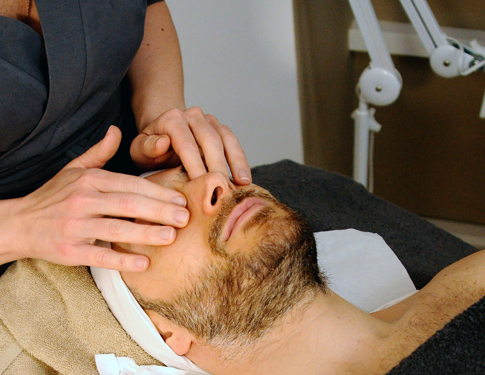Current Treatments
Current Treatments – information about tendinosis and tendinopathy (chronic injuries of failed healing in tendons) based on personal experience and the available scientific research.

Treatments of Tendon Pain
Treatment options aim to alleviate pain and reduce inflammation.
Some treatment options are:
- rest
- applying cold or hot pressure
- OTC medications
- using a brace for the joint area

Resting will give the tendon time for the inflammation and swelling to go down. For example if the injury is sports related, a person will need to take adequate time to rest and avoid strenuous activity.
A brace or splint may help reduce movement and allow for recovery.
It’s important to note, not resting can lead to further complications.
An ice pack or heating pad can help relieve swelling and pain in the area.
Ice packs should be applied to the area 10 to 15 minutes, once or twice a day.
As with most ice packs, it’s important not to apply directly to the skin… wrap the pack in a towel or purchase a medical grade ice pack.
Taking a warm bath, applying warm/hot towels, or topical medication (like a cream or ointment), can help grant some relief.
Within the first 48 hours, it’s best to apply ice treatment. Afterwards, heat treatment can be a better option.
OTC Medication: Pain relievers like ibuprofen have been known to help alleviate tendon pain
Corticosteroid Injections: Injecting around the tendon area can help pain symptoms however, repeat injections may do more harm than good and significantly increase the chance of tendon rupture.
Physical Therapy: Massaging the tendon area may help with pain relief and speed the healing process.
Stretching and Exercise: Much like physical therapy, specific exercises that are designed to strengthen and stretch the tendon and muscle can help with pain.
If soft-treatment fails and symptoms still persist, further action may need to be taken. Extracorporeal shock wave therapy is another treatment option. ESWT sends a shock through the skin and breaks up calcium deposits around the tendon. Alternatively, calcium deposits may be removed surgically.
Untreated tendinitis can result in further complications and potential for tendon rupture. In this case, surgery may be needed.
Prevention, the Ultimate Treatment
Tendinitis is less likely to occur by following some simple strategies.
Exercise: muscle strengthening activities may help prevent tendinitis. Seek help from a medical expert for exercise tips
Stretching & Cooling Down: Always warm up and stretch properly before and after strenuous sporting activities.
Repetitive Movements: Avoid repetitious movements and take a break when needed.
It’s best not to stay in an uncomfortable position for prolonged periods of time. Its beneficial to rest and come back to an activity later.
If a job requires repetitive movements, discuss preventative strategies with an employer to reduce risk of injury.
Inflamed tendons and tendinitis have the possibility of tearing which will often require surgery.

